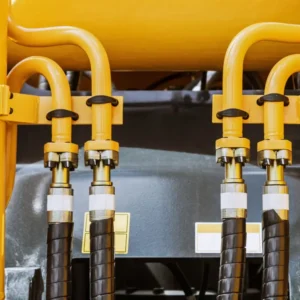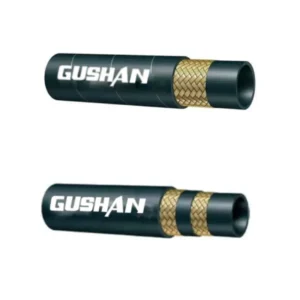Hydraulic hoses are essential components in countless industrial and mechanical applications. They are responsible for transmitting high-pressure hydraulic fluid, powering everything from construction equipment to aerospace systems. However, like any mechanical component, hydraulic hoses have a limited lifespan.
In this blog post, we’ll delve into the factors influencing the lifespan of hydraulic hoses, tips for extending their life, and the importance of regular inspection and maintenance.
How Long Do Hydraulic Hoses Last
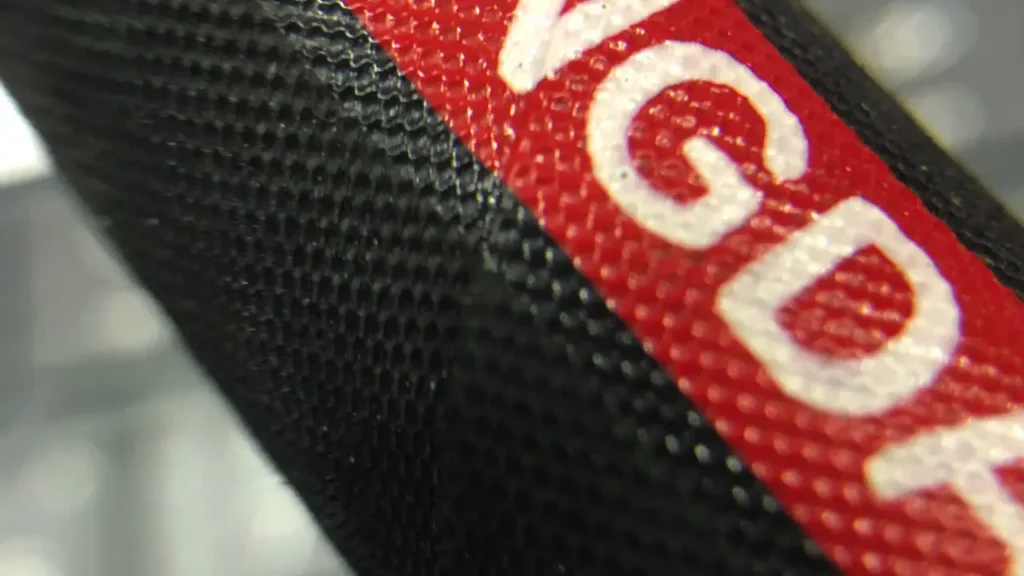
The lifespan of a hydraulic hose can vary depending on several factors, including:
- Type of hose: Different types of hoses have different lifespans.
- Operating conditions: Factors like temperature, pressure, and exposure to chemicals can affect the hose’s lifespan.
- Maintenance: Regular inspection and maintenance can significantly extend the life of a hydraulic hose.
On average, hydraulic hoses can last between 5 to 10 years under normal operating conditions. However, it’s important to note that this is just an estimate, and the actual lifespan can be shorter or longer depending on the factors mentioned above.
To maximize the lifespan of your hydraulic hoses, consider the following tips:
- Regular Inspection: Regularly inspect hoses for signs of wear, such as cracks, cuts, or leaks.
- Proper Installation: Ensure hoses are installed correctly to avoid kinking or excessive stress.
- Avoid Extreme Conditions: Protect hoses from extreme temperatures, excessive vibration, and exposure to harmful chemicals.
- Replace Worn Hoses Promptly: Replace any damaged or worn hoses immediately to prevent accidents and downtime.
By following these guidelines, you can significantly extend the life of your hydraulic hoses and ensure the smooth operation of your equipment.
Hydraulic Hose Life Expectancy
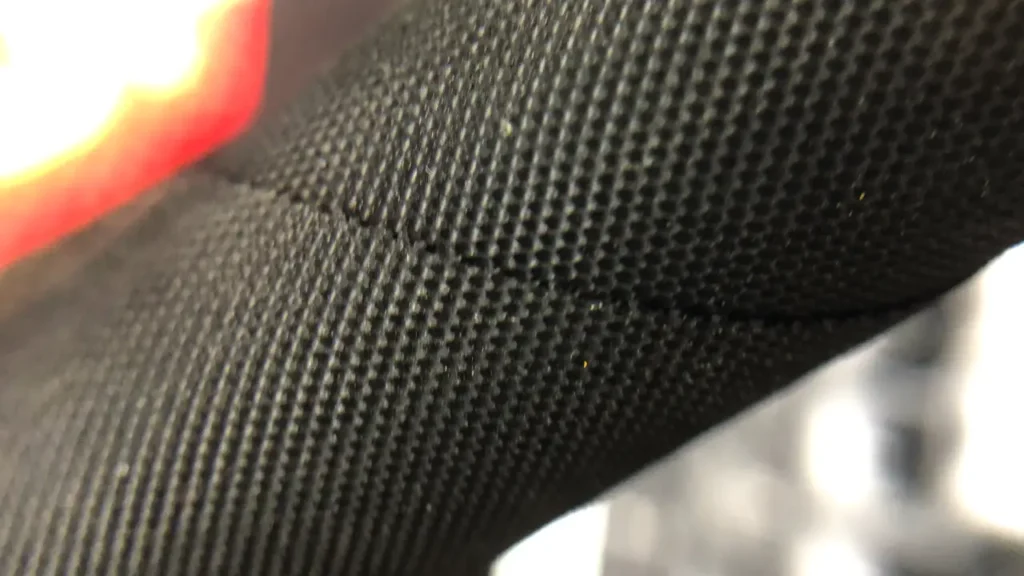
What is the life expectancy of a hydraulic hose?
The hydraulic hose shelf life can vary significantly depending on several factors, including:
- Type of hose: Different types of hoses, such as rubber or wire braid, have different lifespans.
- Operating conditions: Factors like temperature, pressure, and exposure to chemicals can affect the hose’s lifespan.
- Maintenance: Regular inspection and maintenance can significantly extend the life of a hydraulic hose.
Generally, hydraulic hoses can last anywhere from 5 to 10 years under normal operating conditions. However, it’s important to note that this is just an estimate, and the actual lifespan can be shorter or longer.
To maximize the lifespan of your hydraulic hoses, consider the following:
- Regular Inspection: Regularly inspect hoses for signs of wear, such as cracks, cuts, or leaks.
- Proper Installation: Ensure hoses are installed correctly to avoid kinking or excessive stress.
- Avoid Extreme Conditions: Protect hoses from extreme temperatures, excessive vibration, and exposure to harmful chemicals.
- Replace Worn Hoses Promptly: Replace any damaged or worn hoses immediately to prevent accidents and downtime.
By following these guidelines, you can significantly extend the life of your hydraulic hoses and ensure the smooth operation of your equipment.
Hydraulic Hose Life Calculator
Unfortunately, there isn’t a universally accurate hydraulic hose life calculator.
The lifespan of a hydraulic hose is influenced by numerous factors, including:
- Operating conditions: Pressure, temperature, vibration, and exposure to chemicals can significantly impact the hose’s life.
- Hose material: Different materials have varying lifespans.
- Maintenance: Regular inspection and replacement of worn hoses can extend their life.
- Installation: Proper installation, including avoiding kinks and sharp bends, is crucial.
However, you can estimate the lifespan based on these factors and manufacturer recommendations.
Here are some guidelines if you are wanting a hydraulic hose calculator:
- Regular Inspection: Conduct regular visual inspections for signs of wear, such as cracks, cuts, or leaks.
- Pressure and Temperature: Ensure the hose is operating within its rated pressure and temperature range.
- Avoid Extreme Conditions: Protect hoses from extreme temperatures, excessive vibration, and exposure to harmful chemicals.
- Replace Worn Hoses Promptly: Replace any damaged or worn hoses immediately to prevent accidents and downtime.
While a precise calculator doesn’t exist, these guidelines can help you make informed decisions about hose replacement and maintenance.
It’s always recommended to consult with our hydraulic hose specialist or refer to the manufacturer‘s guidelines for specific recommendations.
What Can Cause a Hydraulic Hose to Break?
Several factors can cause a hydraulic hose to break:
- Abrasion: Friction from nearby machinery or rough surfaces can wear down the hose’s outer cover, eventually leading to a failure.
- Kinking: Exceeding the minimum bend radius can cause the hose to kink, restricting fluid flow and potentially leading to a rupture.
- Heat Damage: Exposure to high temperatures can cause the hose to harden and become brittle, making it more susceptible to cracking and failure.
- Fluid Incompatibility: Using an incompatible fluid can degrade the hose material, leading to premature failure.
- Improper Installation: Incorrect installation, such as over-tightening fittings or improper routing, can damage the hose.
- Impact Damage: Physical impact from dropped objects or external forces can cause damage to the hose.
- Age and Fatigue: Over time, the hose material can degrade, leading to reduced flexibility and increased risk of failure.
To prevent hydraulic hose failures, it’s essential to:
- Regularly inspect hoses for signs of wear and damage.
- Ensure proper installation and routing.
- Avoid exposing hoses to extreme temperatures and harsh chemicals.
- Replace worn or damaged hoses promptly.
- Use high-quality hoses from reputable manufacturers.
By taking these precautions, you can minimize the risk of hydraulic hose failures and ensure the safe and efficient operation of your equipment.
When to Replace a Hydraulic Hose
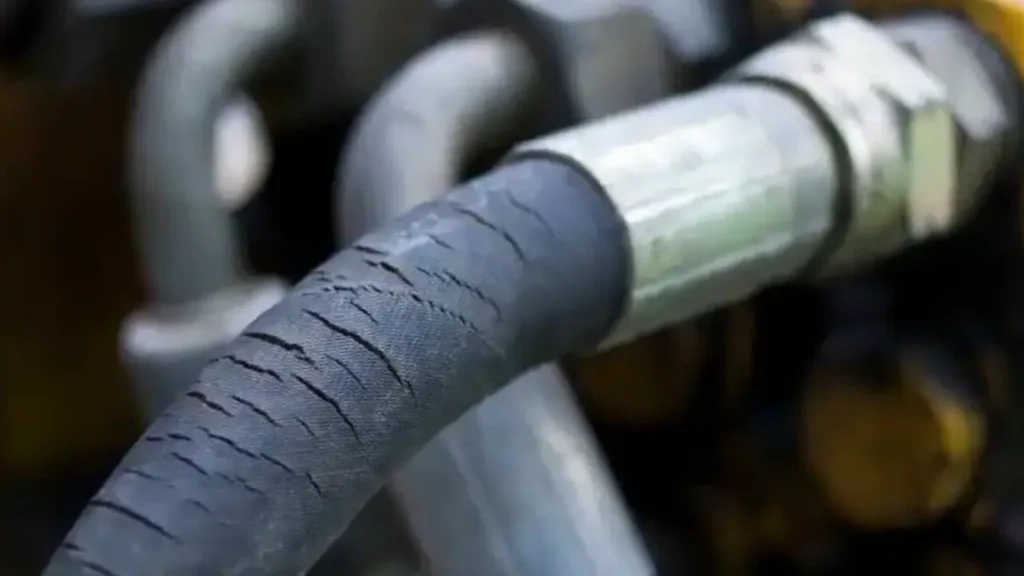
It’s essential to replace a hydraulic hose when it shows signs of wear or damage to prevent accidents and downtime. Here are some key indicators that it’s time for a replacement:
- Visible Damage:
- Cracks or Cuts: Any visible cracks or cuts in the hose’s outer cover or inner tube are signs of significant damage.
- Abrasions: Excessive wear and tear from rubbing against other components can weaken the hose.
- Kinks: Kinks in the hose can restrict fluid flow and damage the internal structure.
- Fluid Leaks:
- Visible Leaks: Any leakage of hydraulic fluid from the hose or fittings indicates a problem.
- Wet Spots: Even small wet spots can signal a leak, especially when the system is not in operation.
- Age and Wear:
- Over time, hydraulic hoses can degrade due to exposure to heat, cold, UV radiation, and other environmental factors.
- Regular inspection and replacement are crucial to prevent premature failure.
- Performance Issues:
- If you notice a decrease in system performance, such as reduced pressure or slower response times, it may be due to a worn or damaged hose.
Remember, it’s always better to replace a hydraulic hose proactively than to wait for a catastrophic failure. Regular inspections and preventive maintenance can help you identify potential issues early on and avoid costly downtime.
How to Lengthen Hydraulic Hose Life
To lengthen the life of your hydraulic hoses, consider the following:
1. Regular Inspection:
- Visually inspect hoses for signs of wear, such as cuts, cracks, abrasions, or fluid leaks.
- Check for kinks, twists, or excessive bending, which can weaken the hose.
- Look for signs of heat damage, such as discoloration or blistering.
2. Proper Installation:
- Ensure hoses are routed correctly to avoid sharp bends and excessive stress.
- Use the correct fittings and tighten them to the manufacturer‘s specifications.
- Avoid routing hoses near heat sources or sharp edges.
3. Optimal Operating Conditions:
- Operate hoses within their rated pressure and temperature ranges.
- Use the correct hydraulic fluid and ensure it’s clean and free of contaminants.
- Avoid excessive vibration and shock loads.
4. Protection from External Factors:
- Use protective sleeves or guards to shield hoses from abrasion and physical damage.
- Protect hoses from exposure to extreme weather conditions, such as UV radiation and moisture.
5. Timely Replacement:
- Replace any hose showing signs of significant wear or damage.
- Consider replacing hoses periodically, even if they appear to be in good condition, to prevent unexpected failures.
By following these guidelines, you can significantly extend the lifespan of your hydraulic hoses, reduce downtime, and improve overall system reliability.
Conclusion
Hydraulic hoses are critical components in many industries, but their lifespan can vary depending on several factors, including operating conditions, maintenance practices, and the quality of the hose itself. By understanding these factors and implementing proper care, you can significantly extend the life of your hydraulic hoses, reducing downtime and minimizing costs.
Want to invest in durable hydraulic hoses that last?
Gushan Rubber offers a wide range of high-quality hydraulic hoses designed to withstand demanding conditions. Our hoses are built to last, providing reliable performance and minimizing maintenance needs.
Contact us today to explore our range of durable hydraulic hoses and expert services.

